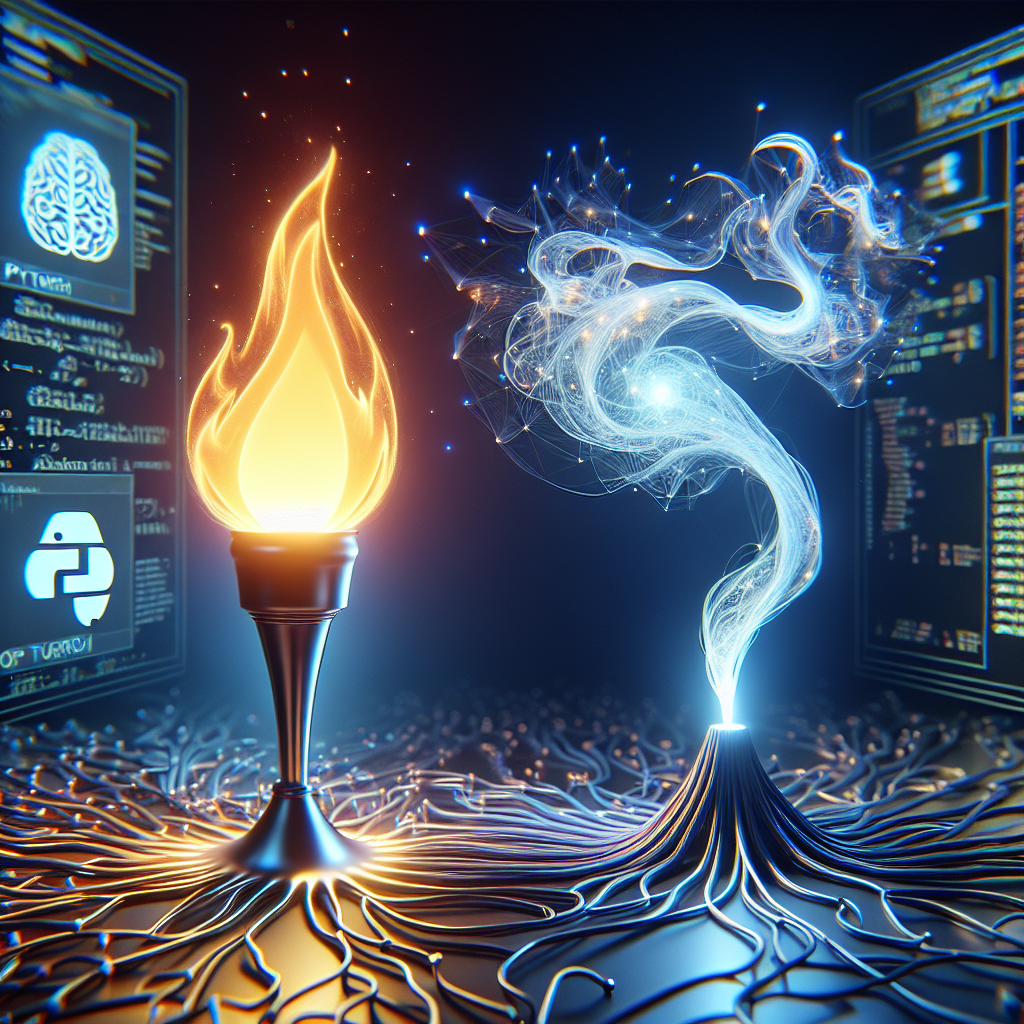Fix today. Protect forever.
Secure your devices with the #1 malware removal and protection software
Deep learning has revolutionized the field of machine learning in recent years, allowing for the development of highly complex and accurate models for a wide range of applications. Two of the most popular deep learning frameworks, PyTorch and TensorFlow, have emerged as powerful tools for researchers and developers looking to harness the power of deep learning.
PyTorch, developed by Facebook’s AI Research lab, and TensorFlow, developed by Google Brain, are both open-source frameworks that provide a wide range of tools and libraries for building and training deep neural networks. While both frameworks have their own strengths and weaknesses, they are both widely used in the machine learning community and offer a wealth of resources for those looking to dive deep into deep learning.
One of the key advantages of PyTorch is its dynamic computational graph, which allows for more flexibility and easier debugging compared to TensorFlow’s static graph. This makes PyTorch a popular choice for researchers and developers working on cutting-edge research projects that require rapid prototyping and experimentation.
On the other hand, TensorFlow has gained popularity for its scalability and performance, making it a preferred choice for large-scale production deployments. TensorFlow’s static graph allows for optimizations that can significantly speed up training times and improve overall performance, making it a powerful tool for building robust and efficient deep learning models.
Both frameworks offer a wide range of pre-trained models and tools for tasks such as image recognition, natural language processing, and reinforcement learning. Developers can easily leverage these models to build their own custom solutions or fine-tune existing models for specific use cases.
In addition to the core frameworks, both PyTorch and TensorFlow have extensive ecosystems of libraries and tools that make it easy to integrate deep learning into existing workflows. From visualization tools to deployment frameworks, there is a wealth of resources available to help developers build and deploy deep learning models with ease.
As deep learning continues to advance and evolve, the importance of frameworks like PyTorch and TensorFlow will only continue to grow. Whether you’re a researcher looking to push the boundaries of AI or a developer looking to build cutting-edge applications, diving deep into deep learning with PyTorch and TensorFlow is sure to open up a world of possibilities.
Fix today. Protect forever.
Secure your devices with the #1 malware removal and protection software
#Diving #Deep #Deep #Learning #Exploring #PyTorch #TensorFlow #Machine #Learning,understanding deep learning: building machine learning systems with pytorch
and tensorflow

Leave a Reply
You must be logged in to post a comment.